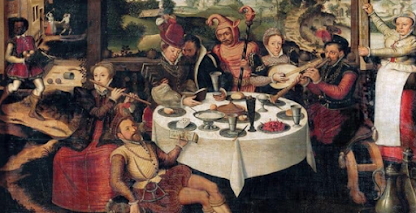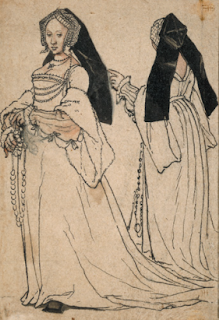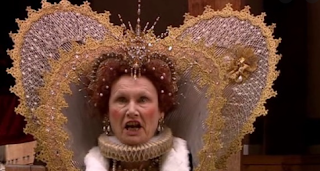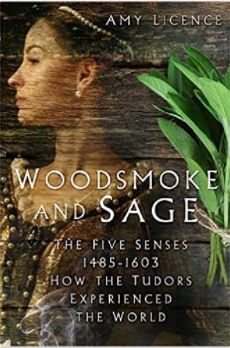
Three Occasions when the Tudors Knew How to Party! The Tudors are well known for their ability to throw a good party, from feasting and banqueting, to jousting and pageantry, play and masques. The court attracted not only those who could sing, dance and act, as a prerequisite for employment, but also a host of skilled workers to build sets, embroider costumes and prepare the delicacies that the royal palate demanded. Little excuse was required; feast days, saints’ days, Christmas and Easter, ambassadors’ visits, royal visits, patronage and signing treaties were all good reasons for a feast. Henry loved to dress up and indulge his passions, as Robin Hood, or a mysterious, masked foreigner, but usually he did not have to find a excuse to party. October, 1518, London. To celebrate the Treaty of Universal Peace with France, and the betrothal of 2-year old Princess Mary to the dauphin, days of festivities were held in London. It started formally, at St Paul’s Cathedral,...


